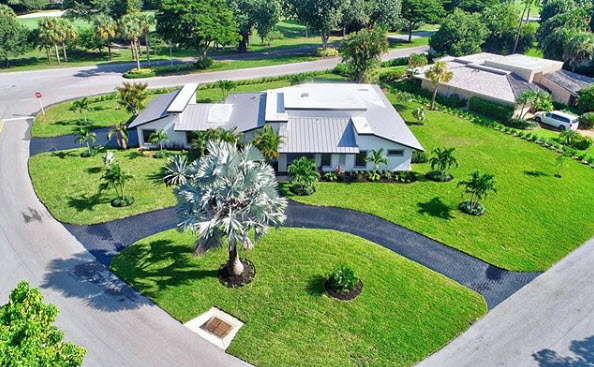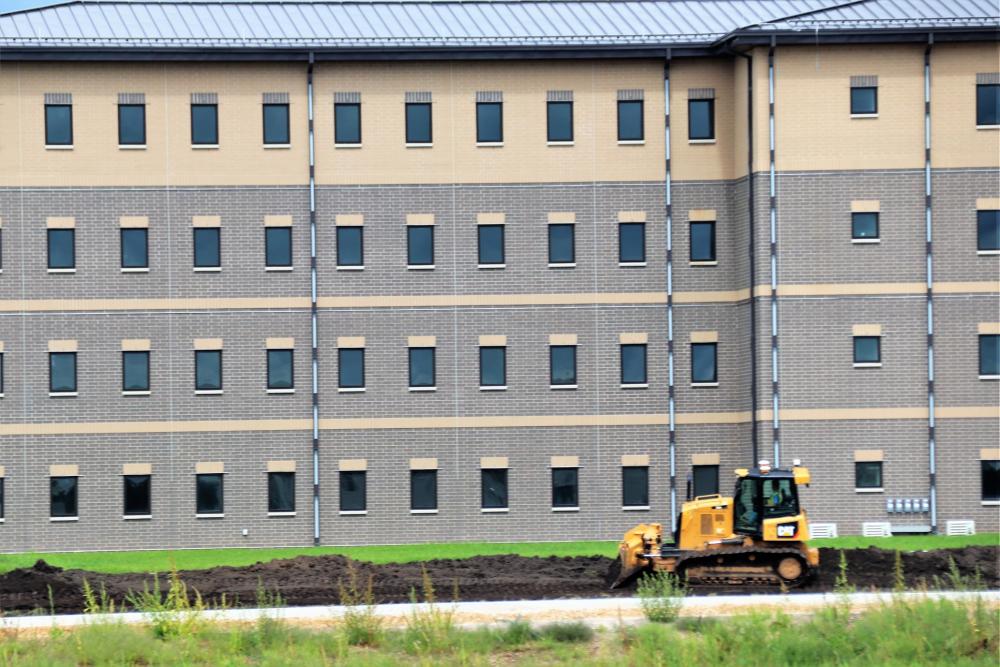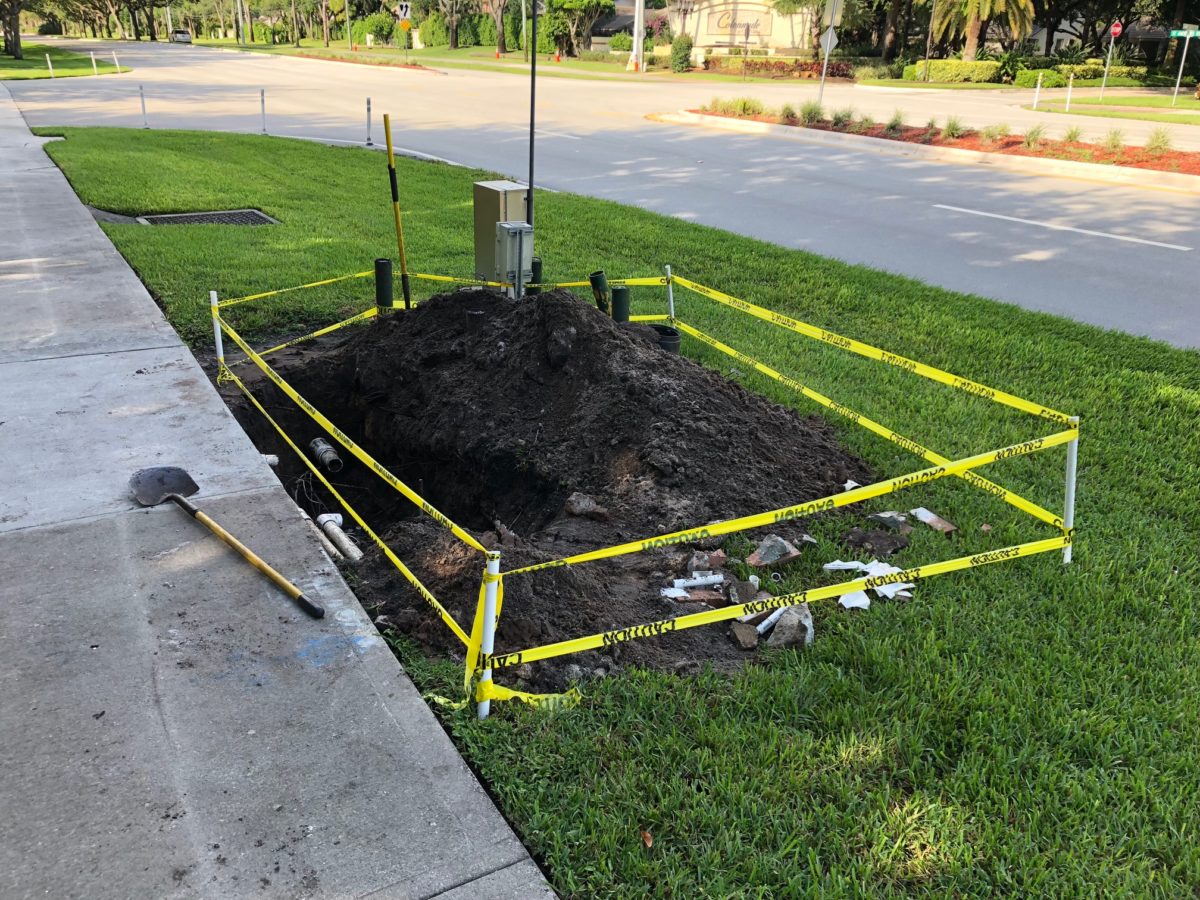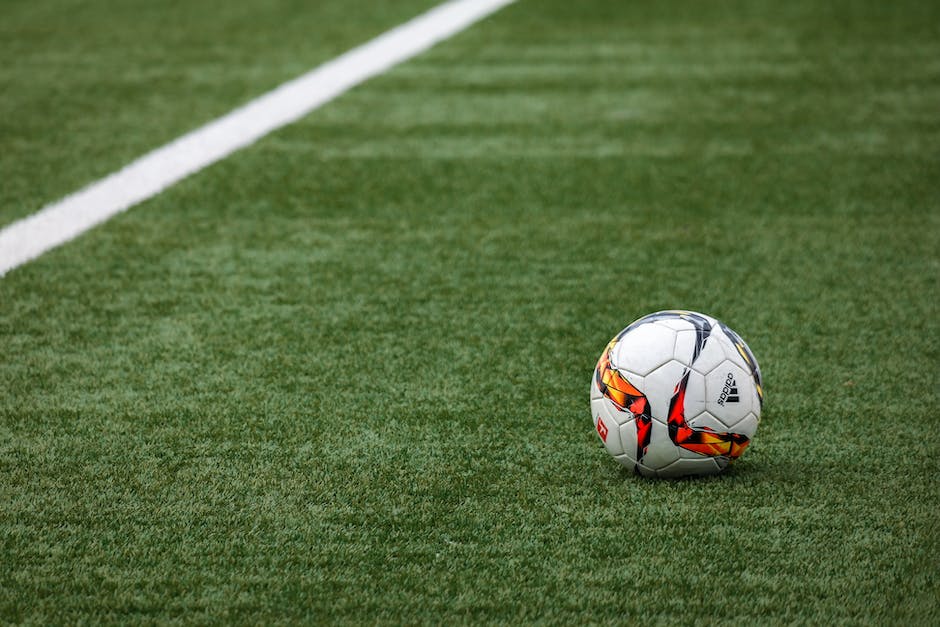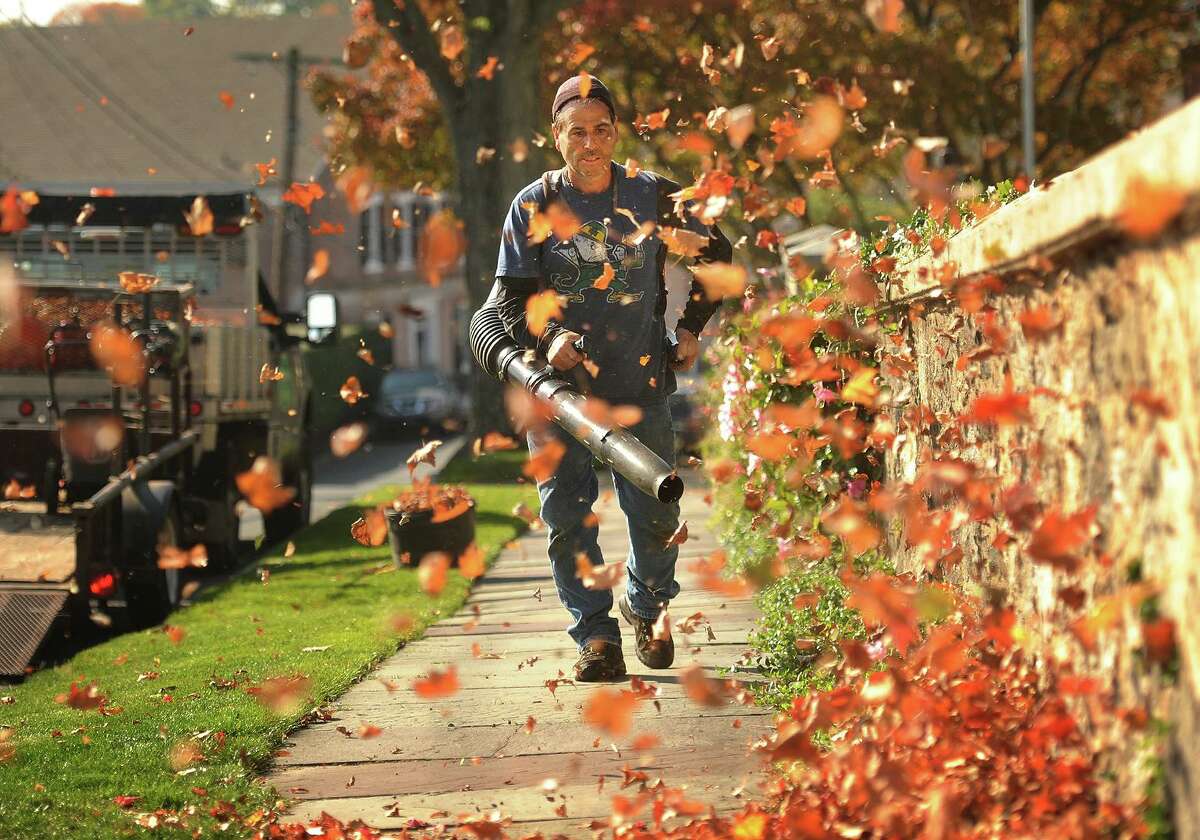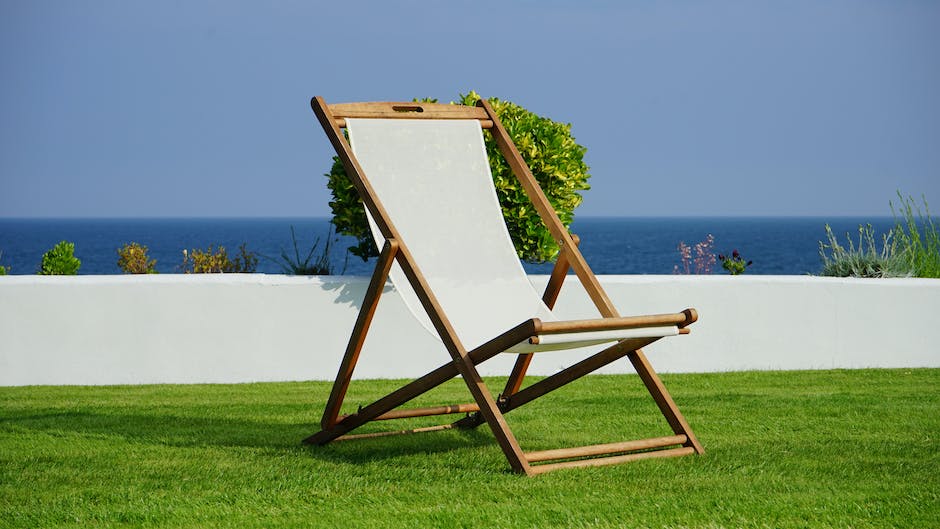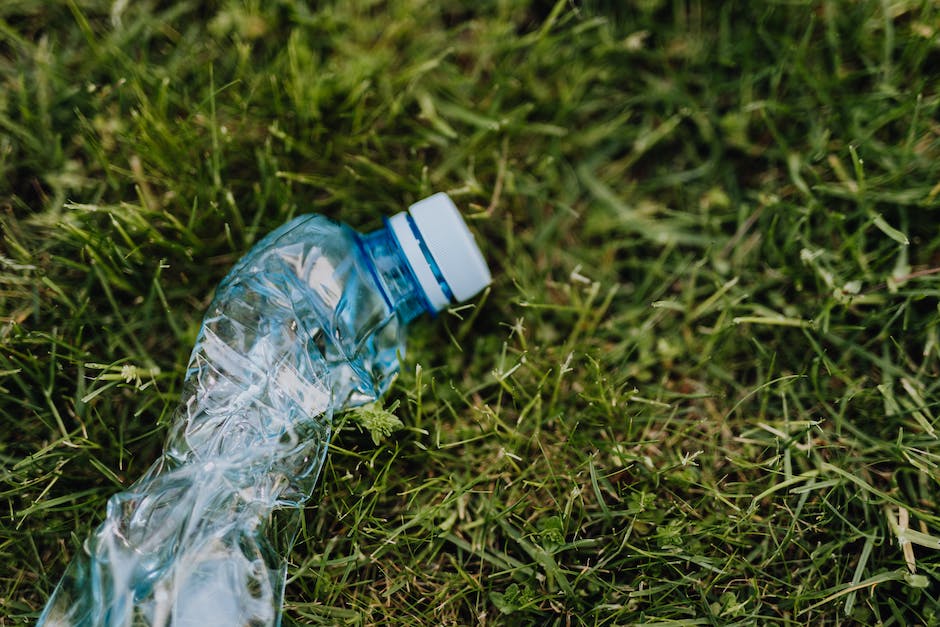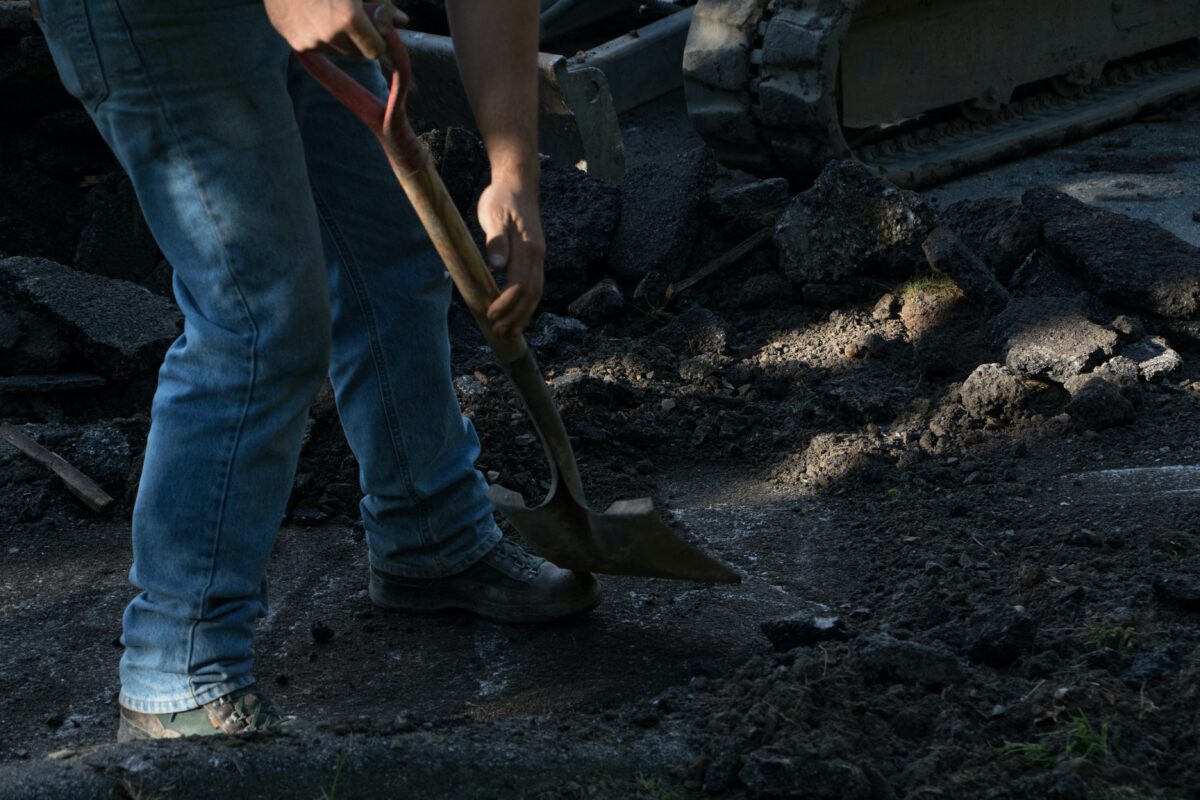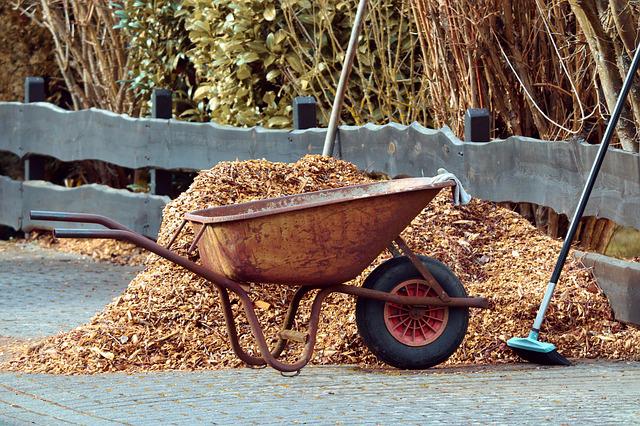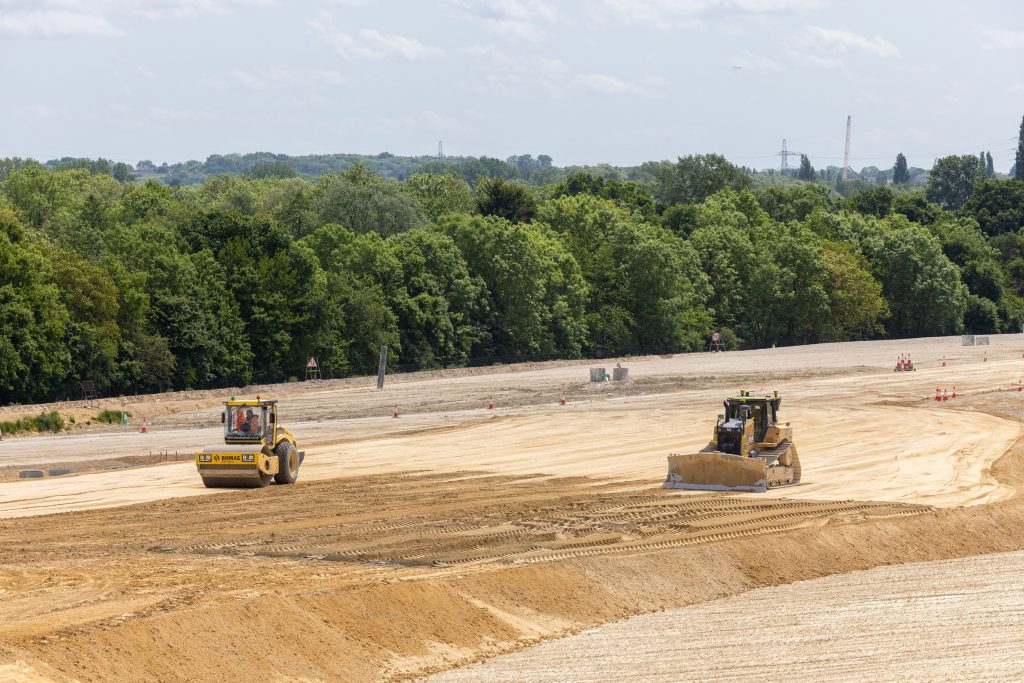Vines can be a useful addition to any environment. They provide beauty and interest to the landscape, while providing an important source of sustenance for pollinators and a variety of native species. Planting a vine in South Florida doesn’t automatically equate to rampant growth – unless that’s the desired outcome. There are some very well behaved annual and perennial vines.
Camouflage Unsightly Items
Modern living requires electrical boxes, trash receptacles and generators. Vines can hide these by letting them grow over a simple piece of lattice work.
Cover a Fence
Covering an old or unattractive fence with a vine is one of the easiest ways to put off replacing the fence or beautifying it.
Create a Focal Point
Individuals can create an accent point of an arbor, pergola or trellis by letting a flowering vine cover it. By planting annual vines such as morning glories, individuals can change the appearance from season to season or year to year.
Grow a Flower Teepee
A fun project for families with children, simply create the framework for the vine to climb upon. This works best with annual vine species.
Minimize Erosion
There are any number of vines that are perfectly happy running across the ground rather than climbing upward. They’re excellent for minimizing erosion on slopes and hillsides, thwarting weed growth, and covering areas where grass is reluctant to grow or are difficult to reach with a mower.
Protect Privacy
Vines can be trained to grow over a deck, porch, freestyle screen, or even up guidewires to make activities private from prying eyes.
Throw Some Shade
Create a shady spot to enjoy the landscape or even provide a canine with some essential shade from the hot South Florida sun.
Train a Vine Tree
Some species of vines can be trained to grow in a tree-like form. They don’t achieve a great height, but make a unique addition to any landscape.
Vertical Vegetable Gardening
A number of vegetables will accommodate growing vertically rather than outward. They include species of beans, peas, strawberries and tomatoes. Heavier plants such as grapes, cucumbers, melons and squash will need a fairly strong framework to grow upon.
Contact RCH Landscaping Today for a Free Estimate

